IF .45 ACP AND 9MM HELPED WIN TWO WORLD WARS, HOW MANY COULD 10MM WIN?
The debate between 9mm and 10mm has become one of the more popular questions in firearms these days, especially among newer shooters who aren’t clear on the differences, or at least on how much those differences matter.
Let’s take a close look at these two rounds and see what each one really excels at and how to choose between the two for different needs and applications.
PROS & CONS OF 9MM
PRO:
- Price and availability
- Reduced recoil
- Massive market support even during ammo shortages
CON:
- Less effective for hunting and for animals
PROS & CONS OF 10MM
PRO:
- Major penetration increase over 9mm
- More power
- “Magnum” cartridge still avaible in semi-auto
- New pistols and PCCs releasing almost yearly
CON:
- Higher cost, less availability
- Too much power is a concern
BALLISTICS
Ballistically, these rounds are very different, despite having a similar diameter. 10mm has a case capacity of 24.1 grains and 9mm has a capacity of just 13.3, and that translates into 50-100% more energy at the muzzle for common 10mm loadings.
This, in turn, leads to less vertical drop at longer ranges, which makes the 10mm a very flat-shooting round. It also gives the 10mm an advantage in penetration.
On the velocity front, 9mm makes up some ground and stays relatively close to 10mm all the way out to 50 yards, where 10mm starts to noticeably improve in terms of maintaining velocity. That said, this is getting outside of handgun ranges, so it only really matters for pistol-caliber carbines.
Overall, 10mm is superior in a lot of ways, but it has some downsides that make it less than practical for a lot of applications, which we’ll get into later.
STOPPING POWER
When we say “stopping power” we’re saying it as a catch-all term to describe the effect of a cartridge on a living target, be it a wild animal or human. This is a combination of kinetic energy, velocity, bullet design, and penetration.
In terms of carrying the weapon for self-defense or hunting, this is a huge part of the equation and something that should definitely be considered.

You might think that 10mm would be the hands-down winner here, but the results are actually a bit muddy. It really depends on the ammo you choose, but 10mm will offer you a higher upper limit in terms of energy and velocity. At the upper end, 10mm factory ammo can be found in 200gr bullets moving at 1110+ FPS for over 500 ft.lb of energy at the muzzle, but also 32”+ of penetration.
A more “normal” loading for defensive 10mm is 180gr moving at around 1,000 FPS with 400 ft.lb of energy and 16” of penetration.
“Normal” defensive 9mm commonly sits at around 124gr going 1050 FPS with 18” of penetration and 300 ft.lb of energy.
But you can also get factory ammo 9mm with a +P+ loading that slings 124gr at 1200FPS for 400 ft.lb energy and 21” of penetration.
Where the 10mm does clearly shine is in penetration against larger targets. No, I don’t mean a particularly chubby burglar, I mean like a wild animal. Think bears, boars, and xenomorphs.
With a heavier bullet, greater velocity, and a flatter overall trajectory, 10mm makes much more sense for hunting or a sidearm in bear country, especially loaded with hardcast or solid copper ammo.
RECOIL
As you’d probably expect, recoil on the 10mm is considerably more stout than 9mm. Your average 9mm will have about 4.5 ft-lbs of recoil energy in a standard loading, while a 10mm will have almost triple that at 12.85 ft-lbs of energy.
In a handgun, this difference is significant and is one of the main reasons the 10mm never took off. It was adopted by the FBI, but it was discovered that around 90% of FBI agents shot considerably better with 9mm and weren’t reliably able to deal with 10mms recoil.

The intense recoil made follow-up shots too inconsistent, especially at longer ranges, and eventually, the FBI scrapped the 10mm sidearm and moved on to the 9mm.
9mm is much easier to shoot rapidly, which is a key factor for self-defense, as well as competition. 10mm is larger and penetrates more, yes, but two (or more) 9mm rounds stacked on top of each other will have a far greater effect on the target than a single 10mm.
AVAILABLE FIREARMS
10mm, especially since the FBI gave up on it, became a bit of a niche round. But in the past several years, there has been a revival, and support for the cartridge has grown tremendously. Not only are new models of handguns hitting the market almost yearly, but new PCCs are as well. It wasn’t long ago that the Hi-Point carbine was basically the only 10mm Auto option, but now it has been joined by the M&P FPC and, most recently, Kel-Tek Sub-2000 in 10mm as well.
9mm is probably the most popular cartridge in the world outside of .22 LR. If a company makes handguns, then they make 9mm handguns. Most handgun makers have several models available and several variants on those models.

Seriously, it would take more space than this article’s length to list all of the 9mm handguns available just in the United States. And that’s not including the pistol caliber carbines, of which there are also a staggering amount.
In comparison, 10mm Auto doesn’t have close to the range of selection and choice that 9mm does. But that isn’t to say that the options for 10mm are non-existent. If you’re looking for variety and choice, the 9mm is the way to go.
COST
10mm Auto is probably always going to be more expensive than 9mm, but the cost of 10mm has come way down in the last few years. Even for range ammo, it used to be 200% or 300% of what 9mm was. Now, it’s about 70% more. Per 1,000 rounds, that’s about $150 more for 10mm than 9mm — but it’s at least in the more reasonable range than it was before.
Defensive ammo shares a similar price difference, but a higher price overall for both 10mm and 9mm. Great defensive 9mm ammo can be had for about 50-75 cents per round, but 10mm ammo will run you at least $1.25.
There’s not much else to say on this one. If cost is a factor or you’re shooting high volumes, 9mm is the winner, hands down.
APPLICATIONS
Carry
When it comes to carry, 9mm is king and likely will be for decades to come, or until we switch to lasers and railguns. It’s the most popular handgun round on the planet, is used by most Western military and federal law enforcement forces, and has a proven track record going back over 120 years.

10mm is certainly viable as a carry gun, but the size of 10mm firearms coupled with the increased recoil makes it less than ideal, as does the reduced capacity. Modern tactical doctrine prefers multiple rounds on target over one large round, and a 9mm definitely excels there.
However, for four-legged threats, the extra penetration of 10mm can be a major benefit. And since 10mm pistols normally have significantly more capacity than revolvers loaded in larger calibers like .44 Mag, 10mm offers a benefit there also. A Glock 20 with 15+1 or FN 510 with 22+1 of hot-loaded 10mm Auto is a lot of protection.
Home Defense
In terms of home defense, things get a little bit murkier, but we’re still going to side with the 9mm here. The greater capacity and ease of shooting make the 9mm better against a human attacker, and there’s less risk of a round going through a wall and striking a bystander.

Where you might be better off with a 10mm out in more rural areas, particularly if you have livestock and might have to deal with predators. Dealing with large animals is something that 10mm definitely does better than 9mm, and it has better performance at long ranges as well.
Plus, the fact that your nearest neighbor is likely to be at least a quarter mile away makes the risk of overpenetration being an issue much lower.
One more point for 9mm is suppression. Subsonic 9mm loads are pretty common, most 147gr 9mm ammo is naturally subsonic in short barrels. A suppressed PCC with subsonic 9mm ammo can make for a very quiet but still extremely effective home defense weapon. If protecting your hearing and the hearing of your loved ones is on your list of priorities, this is the way.

Subsonic 10mm exists, but it’s pretty hard to find since it’s not very common. If you want larger than 9mm but still want to put a speed limit on the ammo, you might find .45 ACP more attractive.
10mm Vs 45 ACP: Which Power House Round Is Right For You
9mm vs. .45 ACP: Let’s Talk About It
Hunting
For hunting, 10mm is definitely the way to go. It shoots further, flatter, and penetrates deeper when it gets where it’s going. Recoil and capacity aren’t really a factor when you’re hunting, so the two biggest downsides of 10mm are mitigated here.

As a sidearm in bear country, 10mm is also the definite winner due to the much deeper penetration, especially with heavier hardcast bullets.
If you’re planning to shoot an animal, 10mm is just better.
Sport/Target Shooting
If you’re competing or just plinking at the range, unless you want a beefy gun for some subjective, emotional reason (like the fact that heavy recoil is fun sometimes in a non-serious context) then 9mm is definitely the king here.
Recoil is lower, capacity is higher, and ammunition is much cheaper, so there’s really no reason to choose 10mm over 9mm unless you’re shooting in a sport that takes power factor into account, and then you’re typically always better off with .40 S&W or .45 ACP anyway.

Still, 10mm is fun to shoot steel with at longer ranges and can be a nice training tool as well. If you can handle 10mm recoil well, you can definitely handle 9mm recoil with ease, so think of it like a weight vest for runners but for your recoil control skills with a handgun.
Overall though, 9mm is going to be the more effective and economical option for 99% of people.
LOOSE ROUNDS
Even in less-than-ideal applications, you won’t go super wrong with either cartridge. These are proven rounds that are as good as their shooter.
While 9mm might be the overall king of do-all pistol calibers, 10mm still has a strong place in the world and a devoted fan base.
READY FOR MORE?
Since our founding in 2012, RECOIL remains the premier firearms lifestyle publication for the modern shooting enthusiast. We deliver cutting-edge coverage of guns, gear, accessories and technology. We go beyond basic reviews, providing no B.S. buyer’s guides, hands-on testing and expert analysis on everything from firearms and survival equipment to watches and vehicles.
Our reviewers are the backbone of our operation and come from diverse shooting backgrounds: Former law enforcement, military veterans, competitive shooters, seasoned hunters and plain old firearms enthusiasts. Furthermore, we’re not just gun experts, but dedicated journalists who adhere to the strictest standards of our profession.
At RECOIL, editorial independence is the foundation of everything we publish and the cornerstone of reader trust. Our editors, writers and content creators make all editorial decisions independently, free from outside influence. That boils down to: advertisers don’t dictate our coverage, the outcomes of our reviews or what we recommend in our buyer’s guides. First and always, our commitment is to our audience—ensuring every review and article is accurate, unbiased, and driven by real-world experience.
Whether you’re selecting your next firearm, upgrading your gear, or exploring the latest innovations in the shooting world, RECOIL provides the trusted insights you need to make informed decisions. Learn more about our Editorial Standards and how we review products.

NEXT STEP: Download Your Free Target Pack from RECOIL
For years, RECOIL magazine has treated its readers to a full-size (sometimes full color!) shooting target tucked into each big issue. Now we’ve compiled over 50 of our most popular targets into this one digital PDF download. From handgun drills to AR-15 practice, these 50+ targets have you covered. Print off as many as you like (ammo not included).
Get your pack of 50 Print-at-Home targets when you subscribe to the RECOIL email newsletter. We’ll send you weekly updates on guns, gear, industry news, and special offers from leading manufacturers – your guide to the firearms lifestyle.
You want this. Trust Us.
Read the full article here

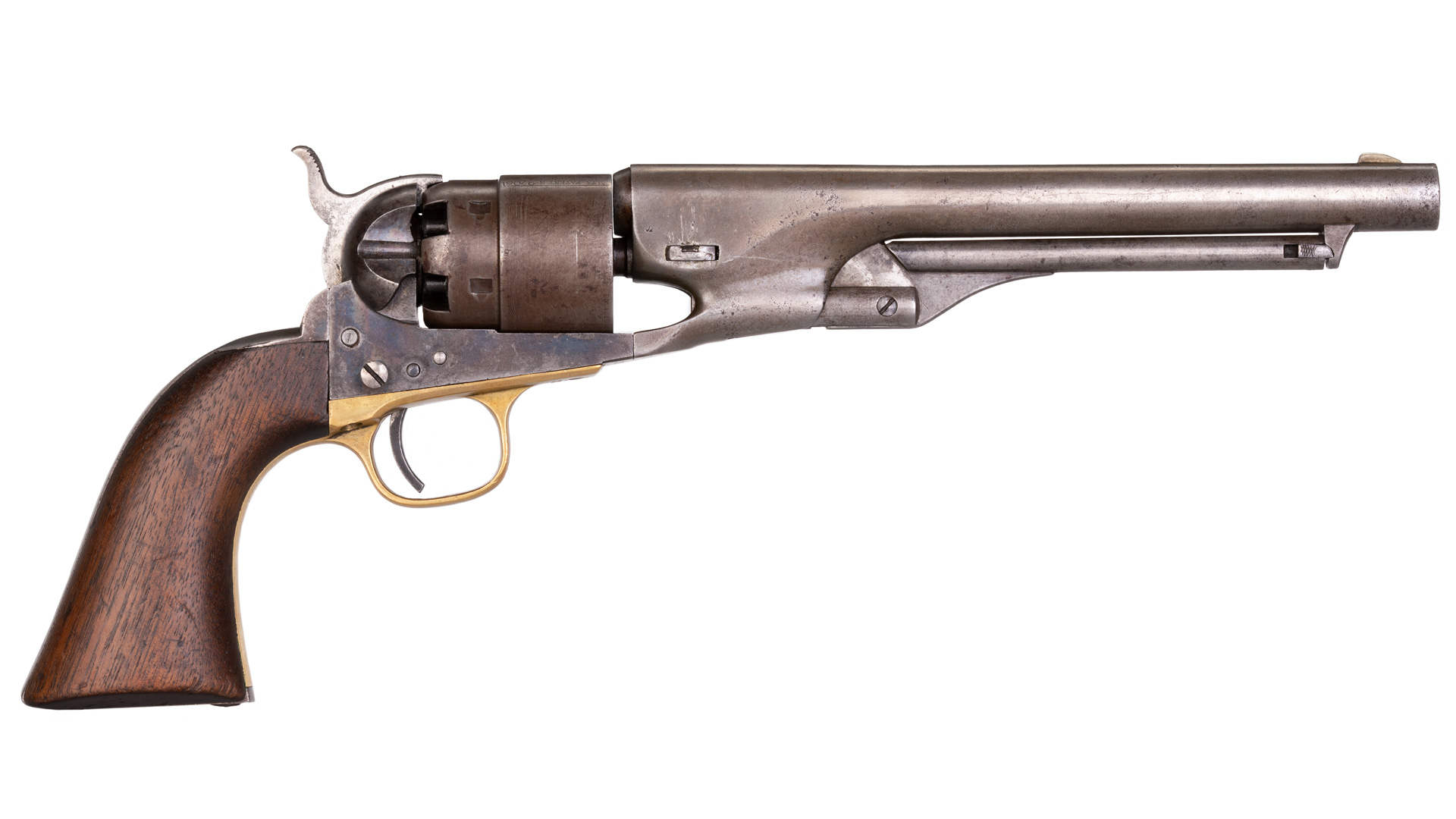


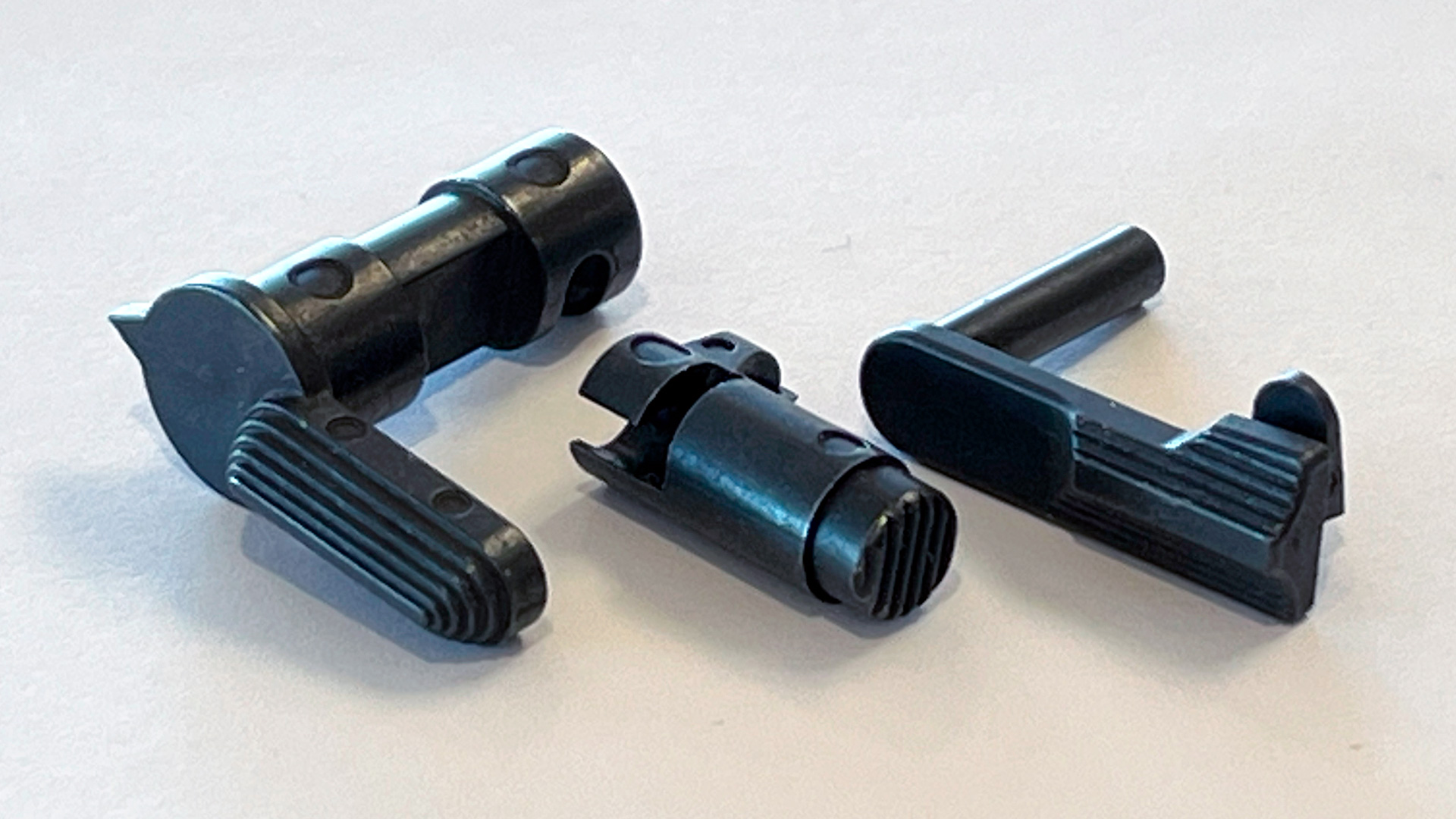

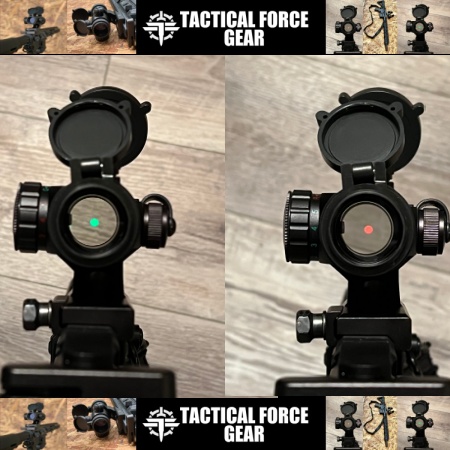

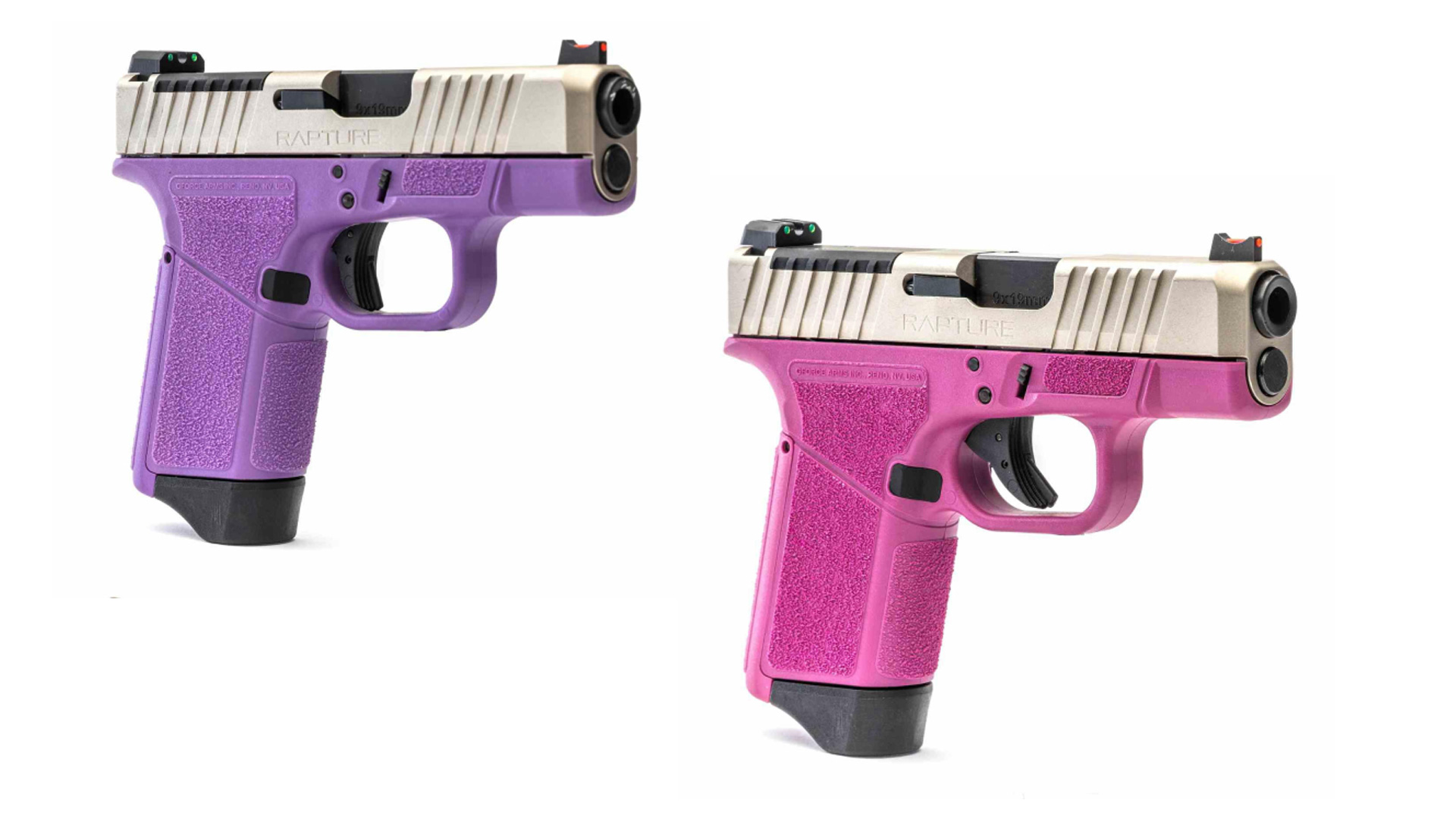

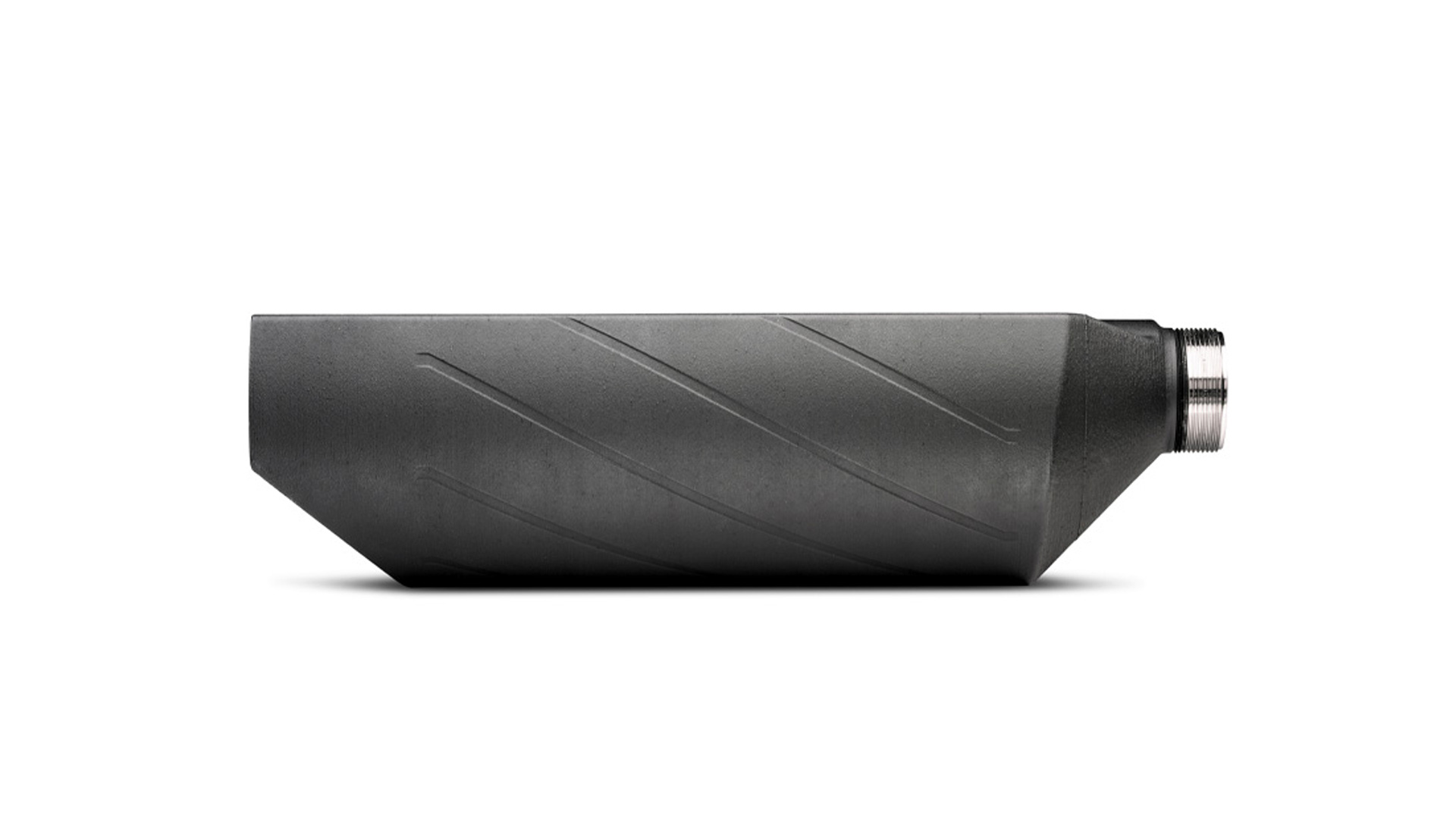



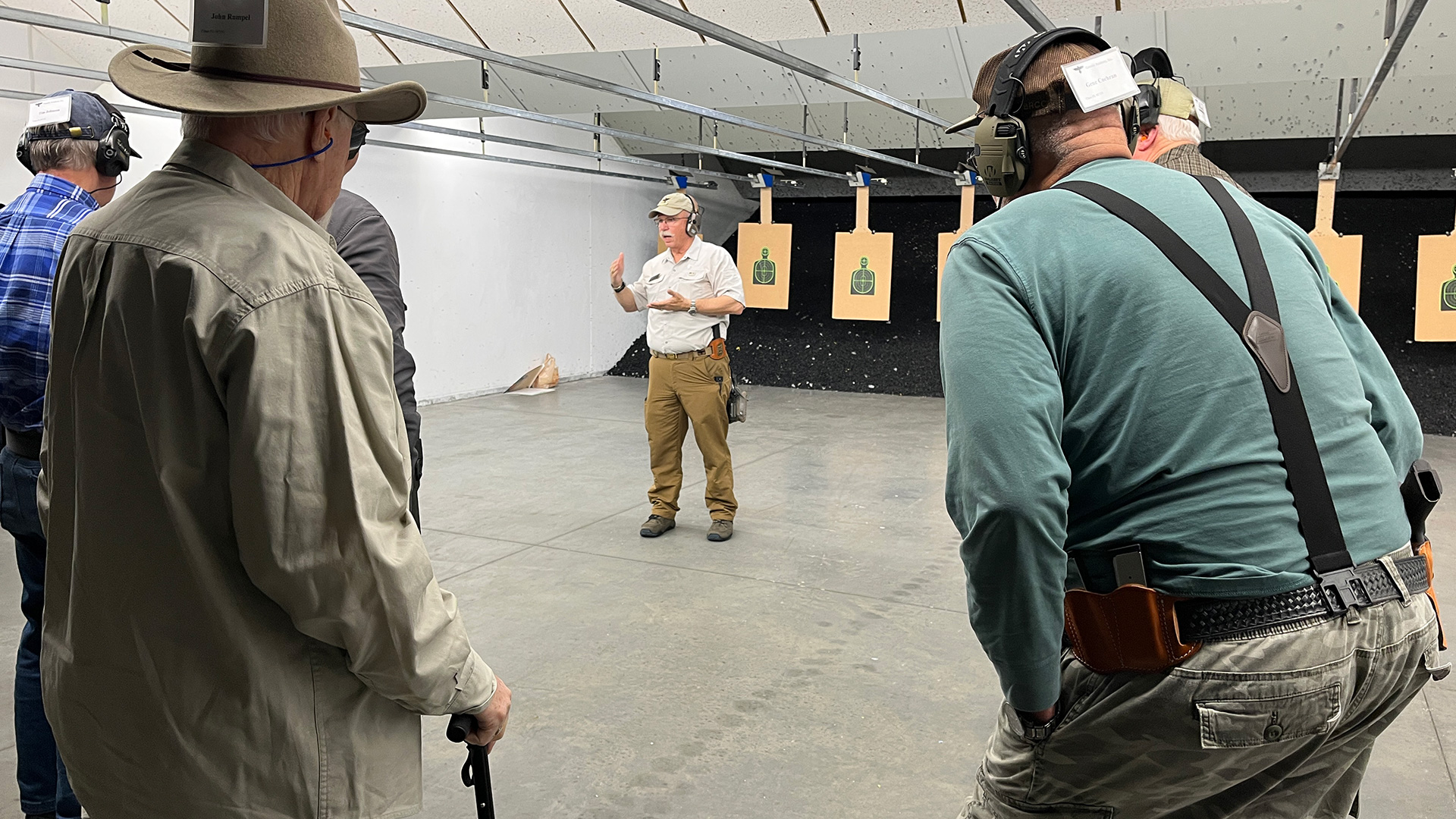
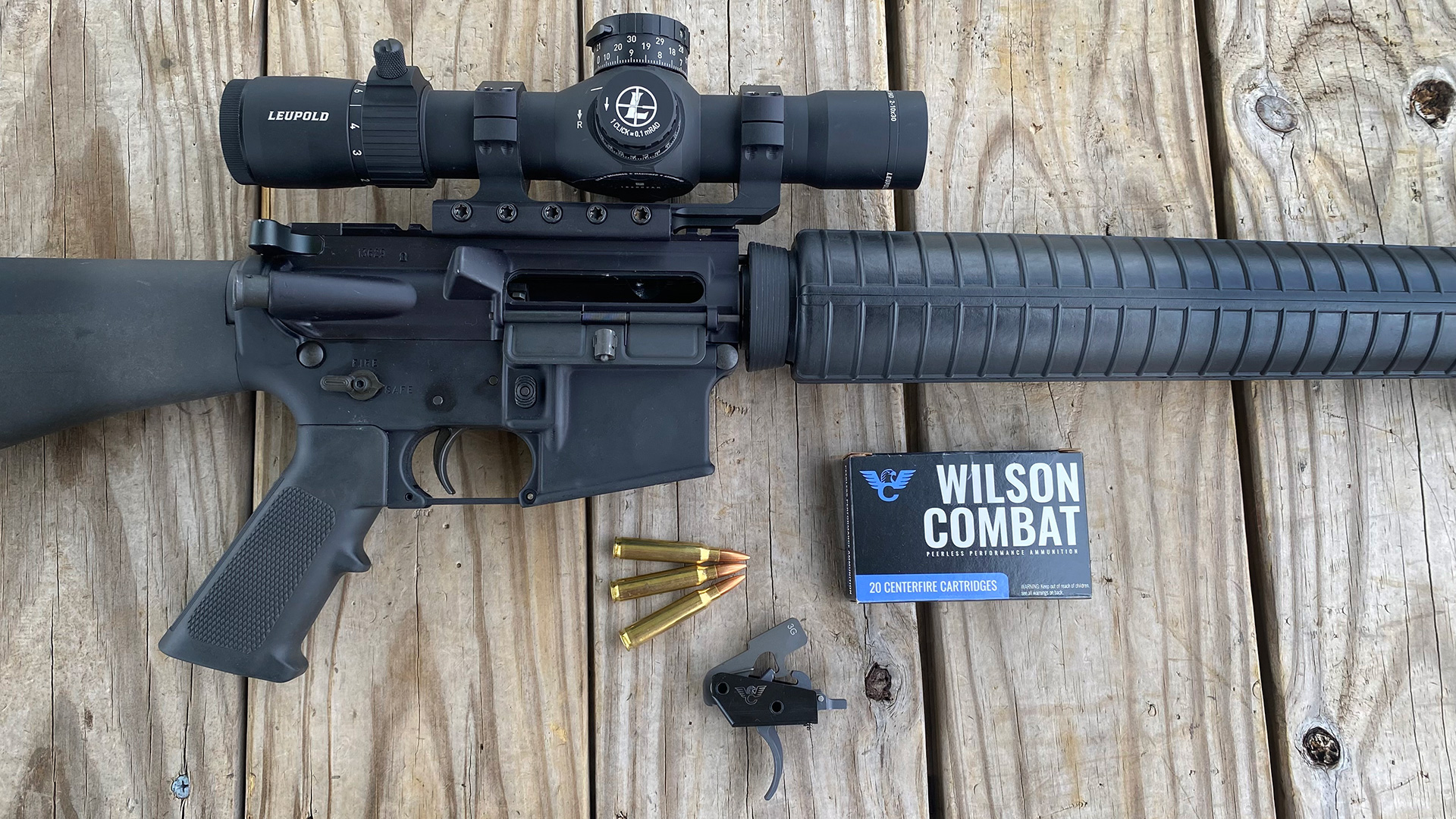

Leave a Reply